Picture hundreds of animals going in and out of a gigantic crater, similar to the proverbial Noah’s ark. Lush vegetation, which hosts thousands of animal and bird species, is found in and around the crater. Ngorongoro Crater offers this and more to visitors considering making their first trip to Africa. It is also a natural wonder that earned it a spot on the famous World Heritage List by UNESCO in 1979.
The game species, diverse terrains, and significance in human prehistory make it a “must visit” attraction
for thousands of visitors ready for an exhilarating expedition. If the thought of spending time at one of the few intact calderas in the world excites you, then Ngorongoro crater in Tanzania is your next destination.
The Ngorongoro Crater is the world’s largest inactive, intact and unfilled caldera in the world is 2,000 ft deep and covers 100 sq miles.
Ngorongoro crater is a beautiful sight to behold and is often the first stop when you visit the highland area. The 2000ft deep crater, which would have been one of the highest peaks in Africa, formed after a volcano erupted. The geological landform is over two million years old, covers over 100 square miles, and is surrounded by a conservation area of 3,200 square miles.
As you descend into one of the largest intact calderas in the world, you will witness a changing
landscape every few turns. Visitors get to experience ashy marshlands, patchy forests, grassy plains, and savannah filled with different vegetation. For thousands of years, the nature of geography at Ngorongoro has evolved, resulting in a distinct ecosystem. The caldera terrain includes Lake Magadi, a shallow but large lake; Lerai Forest, a thick forest filled with fever trees; Gorigor Swamp, a wetland popular with hippos and open grasslands teeming with thousands of game species.
No trip to Africa is complete without taking a safari, but the one in Ngorongoro is one of a kind. Game drives give you an up-close look of the enormous crater plus the flora and fauna of the area. Safety is guaranteed for visitors as they move around the crater in a safari vehicle while enjoying the serene environment and diverse animal species.
A stopover at Lake Magadi, which is at the center of the crater, is a perfect way to see some of the
popular animal species. The vast population of animals that call the lake home includes crocodiles, hippopotamus, and pink flamingoes that add color to the lake. Other bird species can also be spotted at the lake making it a perfect spot for bird lovers.
Lerai Forest, a wooded area filled with yellow or green fever trees, brings you into another world. The straight trees are breathtaking when in bloom, with bright yellow flowers covering the entire forest canopy. Hundreds of baboons and elephants can also be spotted in Lerai making it a paradise worth exploring.
The Lerai Forest in the Ngorongoro Crater provides a shade to elephants and a hiding place for leopards.
Besides the famous “Big Five” you will see thousands of wild animals in Ngorongoro. The area is home to over 25,000 wild species giving you a chance to interact with wildlife you may have only seen online. Wildlife spotting is popular with tourists as they get a chance to see large mammals such as wildebeests, hippos, zebras, hyenas, wild dogs, gazelles, buffalos, and black rhinos. The large population of mammals also attracts predators such as lions, hyenas, cheetahs, and leopards. It is common to come across them feasting on a mammal as part of your safari.
Wildebeest migrations in Ngorongoro are an exciting time and a highlight for visitors from all over the world. If you travel during the right time of year, you can watch them move in their thousands. From afar, the wildebeests resemble a snaking line as they plod along a course that is invisible to the human eye. One unique fact about the famous crater is that you will not come across giraffes, impalas, or topis that find the cliffs too steep to maneuver. Also, insufficient grazing areas in the crater make it unable to feed antelopes that move in large herds.
Bird lovers also have a reason to take a trip to the crater, which is home to over five hundred bird species. The birds which live in bogs, savannahs, and forests are easy to spot using binoculars in their natural habitat. Some species to look out for include secretary birds, ostriches, eagles, weaver birds, kestrels, and sunbirds, among others.
Did you know you originated from Africa? All humans emerged from the continent, specifically Olduvai Gorge located in the Ngorongoro Conservation Area,
about two hours away from the Ngorongoro crater. The area hosts two archaeological sites within Olduvai Gorge that are important to the evolution theory. Visitors get to explore the area in which the discovery of the first Proconsul skull by famous paleontologists, Louis and Mary Leakey was unearthed. The skull is said to be an ancestor of the Homo Habilis and was unearthed in 1959. Evidence of the lifestyle of the human ancestor, which included scavenging and the use of stone tools, is available at the site.
Ngorongoro’s Olduvai Gorge is also home to another discovery, the Laetoli footprints, which are over 3.7 million years old. The human tracks discovered in the 1970s, preserved in volcanic ash, are evidence of humans walking on two feet. According to anthropologists, these two discoveries by the Leakey’s remain one of the most important breakthroughs studying the origins of humans. If evolution interests you, then Olduvai Gorge is a “must-see” on your itinerary.
Besides visiting the two archaeological sites, you can also tour the museum and listen to presentations by resident guides. The museum has several sections that provide information about the site and its history, plus details of the fossils. Replicas of the Laetoli Footprints and information of mammals that inhabited the gorge for millions of years are on display. For the latest research taking place at the gorge, you can chat with an archaeological expert stationed at the museum.
Your first trip to Africa can be unique, memorable, and hassle-free. I am your best bet when visiting Ngorongoro Crater and its environs. Call me and let’s plan your trip today!

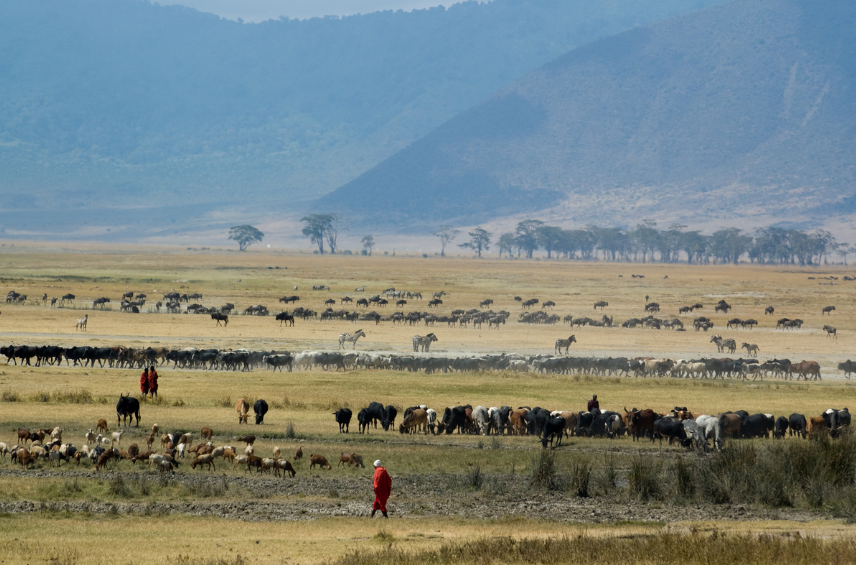

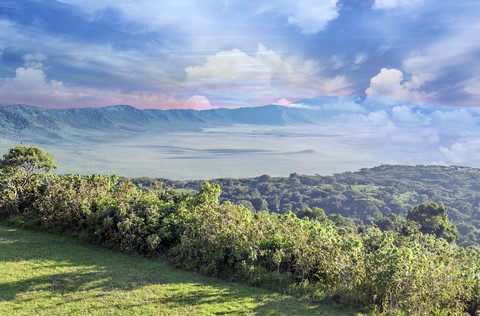
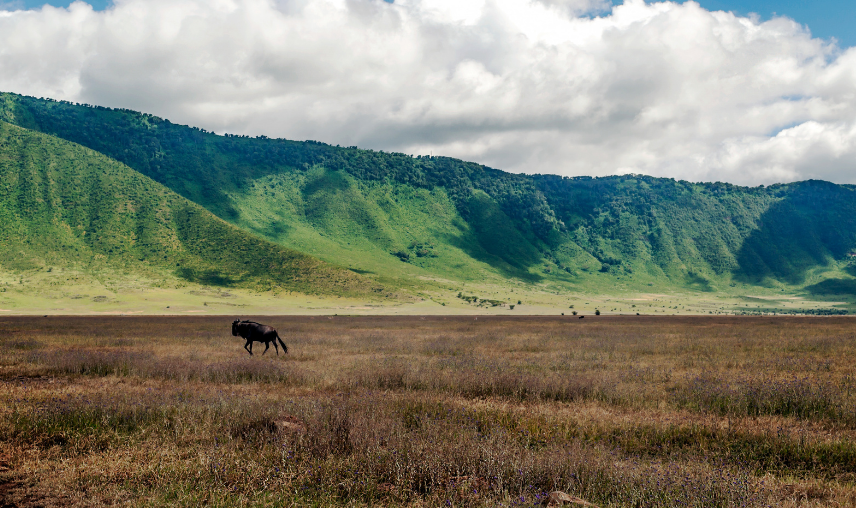
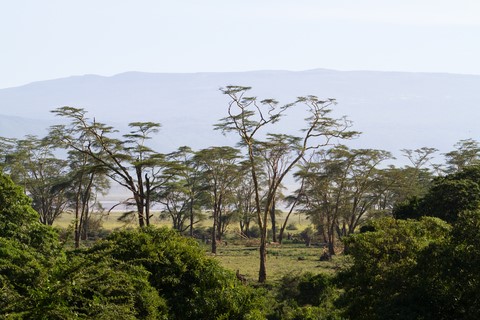
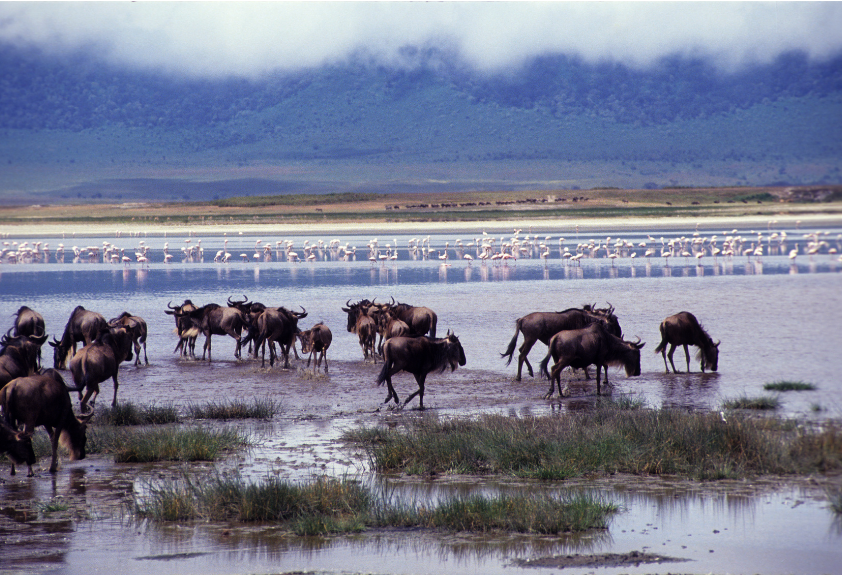
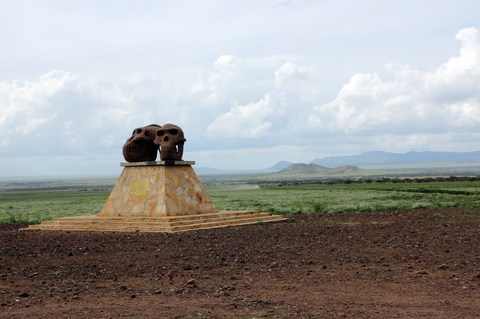
Leave a Reply